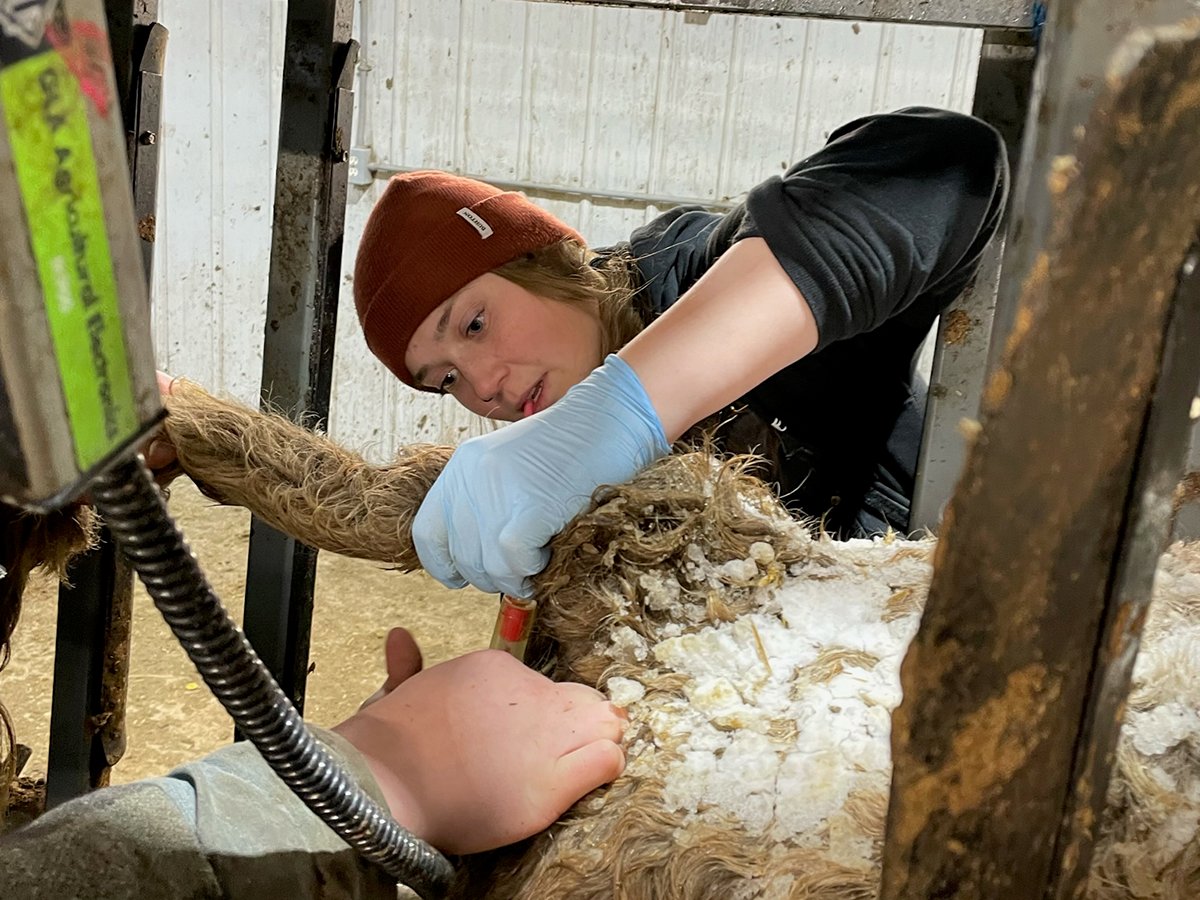OTTAWA — Dairy cow improvement with natural selection could be eclipsed by big data and genomic technology.
By unravelling the DNA of individuals, future generations of cows could be more vigorous, live longer and turn a profit sooner.
“More efficient animals produce more milk and less manure,” said producer David Wiens at a November dairy sustainability workshop in Ottawa.
Dairy Farmers of Canada has invested heavily in genomic research to make more productive and environmentally friendly cows that can turn a profit.
That is the bottom line for producers who have their bulls and females genotyped.
Read Also

Pen riders better than tech at detecting respiratory disease in feedlot cattle, says researcher
Katrina Garneau’s recent research found that pen riders are better than technology at flagging signs of BRD in feedlot cattle.
If Brian Van Doormaal of the Canadian Dairy Network had his way everybody would adopt this technology, which he says has been steadily growing since 2009.
By properly applying collected data and science, each generation of cows has the capacity to make more milk and more money.
“The average profit-breaking point in a typical dairy cow in Canada is at 40 months of age,” said Van Doormaal.
However, if superior heifer replacements could be selected based on their DNA merit, farmers could save the expense of developing females that might not survive past their first lactation.
All dairy bulls selected for artificial insemination are now DNA tested and that information can be added to their production statistics.
About 30,000 bulls may be selected in a year and when their DNA is collected the candidates for artificial insemination programs could be narrowed to 1,500 of the most worthy, said Van Doormaal.
But there are two sides to a pedigree and more female information is needed. About 10 percent has been collected. The onus is on farmers to collect 10 to 20 hair samples or a plug of tissue when a calf receives its identification ear tag.
“Those breeders that are really at the forefront of the industry and want to adopt those technologies fast, they’ve accepted it,” he said.
Farmers may balk at doing it because they have to pay for the tests.
“We have to teach them that if you genotype these animals and it costs $45 a piece to do so, over the lifetime of the animal you get that $45 back,” he said.
The dairy network has an extensive database because farmers have been submitting information for decades on milk production and quality, fertility, longevity, diseases, calving ease, temperament, body conformation and offspring results.
Many traits have already been identified on the bovine genome so farmers seeking better individuals can find their results on the network database.
The database has about two million dairy cattle genotypes, of which 1.7 million are Holsteins from Canada and the United States. There may be 1.6 billion points of data but more information is needed.
“Two percent of dairy farmers in Canada have genotyped 80 percent of their milking herd,” he said.
Probably 30 percent of dairy herds in Canada have never touched genotyping but Van Doormaal is confident that will change.
“Our current adoption is just at the end of the innovators stage and a group of early adopters are embracing this. We will be genotyping more and more females in our population and more farmers will be adopting genotyping as an on-farm herd management strategy to make more money out of animals in their herd,” he said.
The data can be tied to profit potential. Dairy producers are already aware of the LPI, (lifetime profit index) where production traits, durability, health and fertility are calculated to select new animals.
The newest element is Pro Dollar to help select bulls and cows with the greatest profitability linked to progeny, disease risk, lactations, longevity and other pertinent information.
In the last five years with the introduction of genomics, the strides forward across the entire Holstein population have been notable. Van Doormaal estimates the rate of progress has doubled or even tripled.
“We have more than doubled the rate for genetic progress for LPI and Pro Dollar since the introduction of genomics in Canada,” he said.
Before genomics testing in 2009, the average rate of progress was worth $79 per head but now it is more than double that amount.
The Canadian industry is positioned for three major opportunities in the next few years.
The first is genetic improvement associated with animal health and welfare where cattle could be resistant to mastitis, digital dermatitis and metabolic diseases.
The second is improved feed efficiency, currently being investigated in a four-year project worth more than $10 million at the universities of Guelph and Alberta.
Sustainability for the industry is improved because fewer cows are needed to produce enough milk for Canadians. In 1960, three million cows were needed to produce enough milk and today a third of the cows are producing the same volume.
Genomics also improves traceability. All animals are uniquely identified at birth and the collection of DNA for newborn calves will provide new opportunities. Cull dairy cows and bulls usually end up being sold for the meat and with DNA samples on file, all beef is traceable back to the animal of origin.















